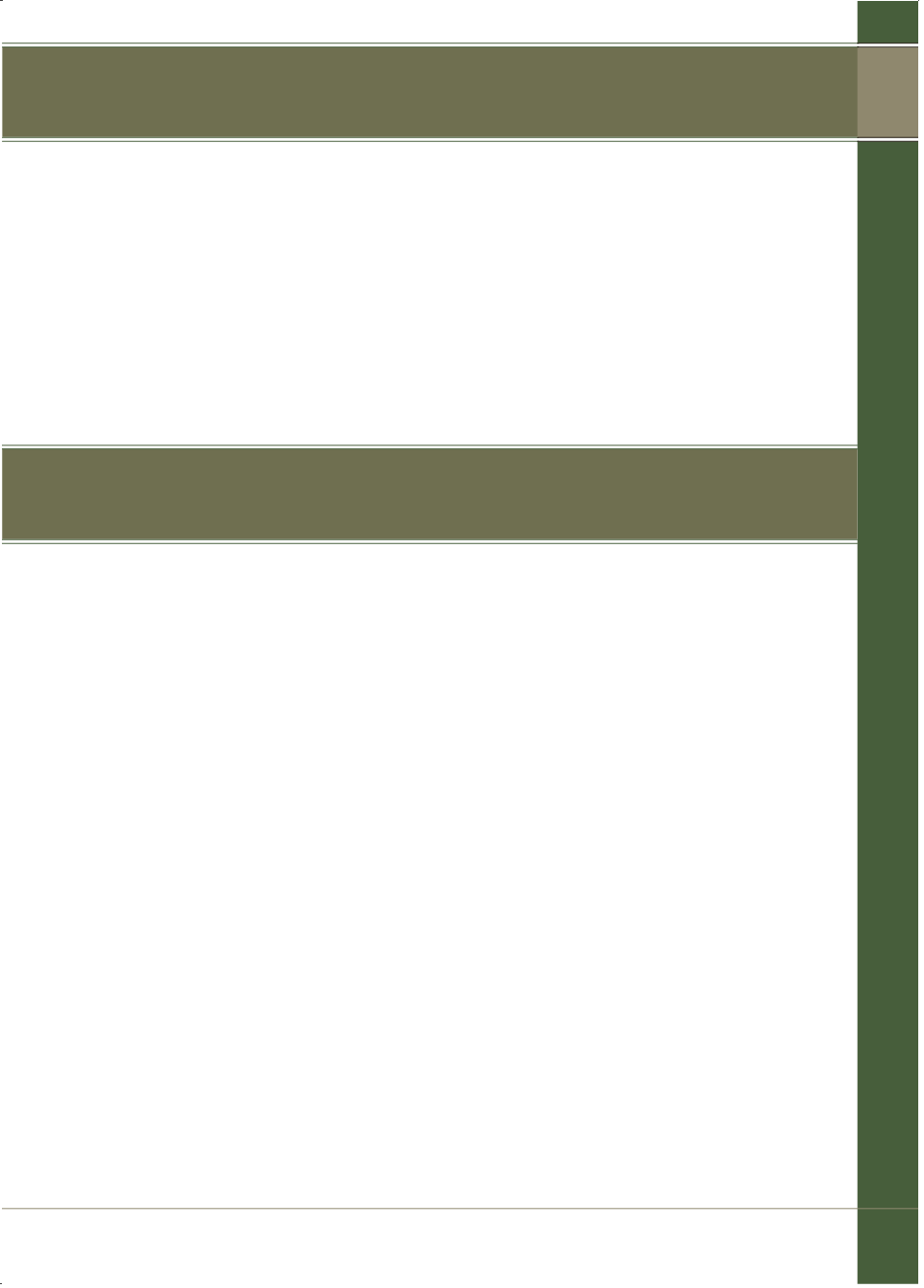

161
Note: In eliminatingwater from an aircraft fuel system, it is important that
consideration be given to the possibility ofwater lying inportions of
the tanks or fuel lineswhere, because of thedesignof the systemor
the existing attitude of the aircraft, it is not immediately accessible to a
drain point.
Theoperator and pilot in command shall ensure that, before the
commencement of eachday’s flying, all external fuel tank vents are inspected
for freedom from obstruction.
An inspection (called a daily inspection)must be carriedout on the aircraft
before the aircraft’s first flight on each day onwhich the aircraft is flown.
Adaily inspectionmust consist of themakingof suchchecksset out in the
aircraft flightmanual (AFM) or the following tableasapplicable to theaircraft.
TABLEOFCHECKS INCLUDED INADAILY INSPECTION
• Check that the ignition switches are off, themixture control is leanor cut
off, the throttle is closed and the fuel selector is on.
• Check that the propeller blades are free from cracks, bends and
detrimental nicks, that the propeller spinner is secure and free from
cracks, that there is no evidenceof oil or grease leakage from the
propeller hubor actuating cylinder and that thepropeller hub, where
visible, has no evidence of any defectwhichwould prevent safe
operation.
• Check that the induction system and all cooling air inlets are free from
obstruction.
• Check that the engine, where visible, has no fuel or oil leaks and that the
exhaust system is secure and free from cracks.
• Check that the oil quantity iswithin the limits specifiedby the
manufacturer for safe operation and that theoil filler cap, dipstick and
inspection panels are secure.
2 – saf e t y precaut i ons
pre-flight
daily inspection

















